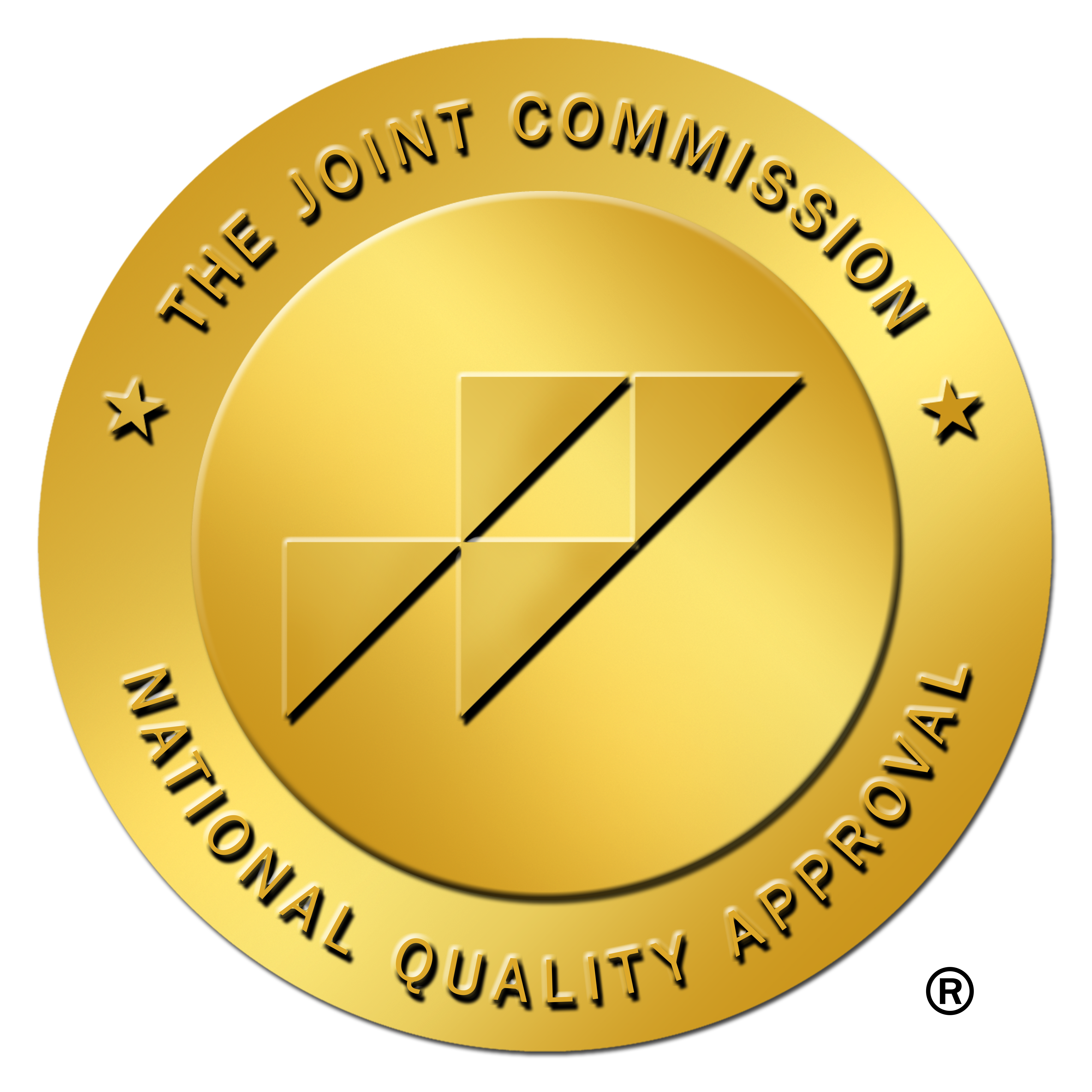The National Survey on Drug Use and Health found that since 2007, heroin use has been increasing, and one age group appears to be driving this trend more than others. People from 18 to 25 are consuming heroin at greater rates than any other age group, but there’s hope. Anyone can overcome an addiction to heroin.
Heroin has a half-life of eight to 30 minutes. This means that it takes this amount of time for your body to metabolize half of a single dose. Since everyone metabolizes substances differently, there is a wide half-life range.
What Is Heroin?
Heroin is an illegal substance that manufacturers create from morphine, and it is highly addictive. There are different types of heroin on the market. One type is known as black tar heroin, and it looks like roofing tar. It can also be hard and look like coal. This type of heroin has many impurities because the manufacturing process is so crude. Manufacturers create this substance so that users can inject it into their veins or muscles. People can also purchase heroin that is highly pure and can be snorted or smoked.
The Effects of Heroin Use
This drug’s short- and long-term effects vary in severity. Even short-term use can seriously harm your health.
Short-Term Effects
The immediate effect of heroin use is skin flushing. It occurs after the heroin turns into morphine and binds to the opioid receptors in the brain. Several other effects can also occur, including:
- Dry mouth
- Heavy feelings in the arms and legs
- Nausea
- Vomiting
- Severe itching
After the above symptoms occur, users begin to feel sleepy. Their cognitive functioning slows down, and their breathing also slows. Breathing can be so slow that a user may go into a coma or suffer permanent brain damage.
Long-Term Effects
Long-term heroin use causes permanent changes in the brain, negatively affecting the brain’s neuronal and hormonal systems. Because heroin use causes the brain’s white matter to deteriorate, the user has difficulties making decisions, regulating behavior, and adequately responding to stressors.
Repeated use of the drug causes users’ bodies to adapt to the amount they are currently taking. So, they need to take larger doses to feel the euphoric effects they felt the first time they ingested heroin. After some time goes by, this new dose is no longer effective, so they will need to increase the dosage again. This is known as “tolerance,” and it can lead to physical dependence.
After the body has become physically dependent upon heroin, users must continue to provide their bodies with the drug. Otherwise, they will begin to experience withdrawal symptoms.
Withdrawal Symptoms
Withdrawal symptoms include the following:
- Goosebumps
- Cold flashes
- Vomiting
- Diarrhea
- Insomnia
- Muscle pain
- Bone pain
- Restlessness
How Do They Test for Heroin Use?
The FDA has approved four tests for heroin use. These are urine, blood, saliva, and hair follicle.
Urine
A urine test requires the subject to urinate into a cup. Then, the lab will analyze the results. In general, the test can detect heroin two days after the person last ingested the substance.
Blood
A blood test must be done at a medical laboratory. Because heroin has a very short half-life, this type of test usually is not done.
Saliva
The saliva test can no longer detect heroin after just two hours have passed, so it is only done if the user ingested heroin very recently.
Hair Follicle
The one test that can offer long-term results is the hair follicle test. It can detect heroin if the person has ingested it within the last three months.
Treatment for Substance Use Disorder
Substance use disorder wreaks havoc on the brain’s functioning and the user’s behavior. That’s because heroin causes changes within the brain, and this includes its functioning and structure. Because these brain changes persist, the user is at risk of resuming heroin use. This can occur even though the user experiences severe negative consequences when using heroin.
To prevent relapse, those addicted to heroin must enter into a treatment center so that they can obtain behavioral therapy. Before they can do that, they must spend some time in a medical detoxification center. That’s where they will receive medications that make it possible for them to tolerate not being able to consume heroin.
The FDA has approved several non-opioid medications for the purpose of reducing withdrawal symptoms and cravings that users experience.
Methadone
Methadone is an opioid agonist. People take it orally so that it will take a long time to reach the brain. If it went to the brain quickly, the user would be in danger of becoming high. Taking it slowly also discourages withdrawal symptoms from appearing.
Buprenorphine
Buprenorphine is a partial opioid agonist. A partial opioid agonist binds to the opioid receptors in the brain, but it doesn’t act as strongly as an opioid agonist does. When people take this medication, they do not experience the highs that accompany the use of heroin.
Naltrexone
Naltrexone is an opioid antagonist, so it blocks the effects of opioids. It also reverses the effects of other opioids. People cannot become addicted to naltrexone, and it doesn’t cause users to be sedated.
Behavioral Therapy
According to the National Institute on Drug Abuse, the best way to treat a heroin use disorder is to place the user in pharmacologic treatment and behavioral therapy. Doing both gives people the best chances of overcoming their addictions to heroin. Several variables exist that make it necessary to develop an individual treatment plan for each client at a treatment center. When the physicians settle on a treatment, it must address all the client’s issues. These include the substance use and the client’s medical and social issues, as well as any job-related or legal problems the client is currently experiencing.
The amount of time that someone needs to be in treatment for heroin use disorder depends on several factors as well. According to NIDA, a client needs to be in a treatment program for at least three months to significantly reduce drug use, and an even longer stay may be warranted. Since addiction is a chronic condition, we must expect our clients to be in a treatment program for the long term. In the beginning, the best place for our clients would be an inpatient program. Afterward, they may transition to an outpatient therapy program.
Types of Therapy for Substance Use Disorder
Cognitive Behavioral Therapy (CBT)
Cognitive behavioral therapy works well for treating substance use disorders. Several studies definitively demonstrate that if heroin users undergo this treatment, they can significantly improve their functioning and enjoy a much better life.
CBT helps people recognize the faulty thinking that leads them to destructive behaviors like taking drugs. They also learn appropriate problem-solving skills and develop confidence in their abilities. They learn new strategies that help them keep away from drugs. For example, they learn to face whatever is bothering them so that they do not have to escape with drugs. This is also the time when clients engage in acting out potential scenes they may encounter in the future. Then, they will be prepared to approach problematic situations.
It wouldn’t be unusual for people addicted to heroin to have emotional issues to contend with in therapy. Because some people did not learn how to adequately deal with the stresses and traumas they were experiencing, they resorted to using harmful substances. In cognitive-behavioral therapy, they learn to address those stresses and traumas as well as new ways to handle disappointments.
Clients may be introduced to cognitive-behavioral therapy in a group setting. They may also have this therapy in a one-on-one setting with their own therapists in a treatment center. Individual therapy sessions allow them to address issues they may not be comfortable addressing in a group setting.
Contingency Management
Contingency management reinforces positive behavior by offering clients rewards for positive behaviors. One example is the “voucher system.” Clients earn vouchers every time they submit to a blood test that comes back negative. Depending on the program, clients will be able to trade the vouchers in for other rewards or cash at the end of the program.
Dialectical Behavioral Therapy
Dialectical behavioral therapy is another effective therapy for treating substance use disorders. It is designed to treat those with the propensity to harm themselves, so it teaches them ways that they can change destructive behaviors. With this therapy, clients are encouraged to accept the present situation so that they can be groomed to change their negative behaviors. This therapy requires that clients engage in their treatment by agreeing to do “homework” that allows them to practice the new skills they have learned.
Treatment Programs at Defining Wellness Centers
Inpatient Residential Treatment
Inpatient residential treatment is the safest choice for people just starting out on their road to recovery. If your loved one doesn’t have a safe place to stay and potential relapse is an issue, the inpatient residential treatment option is the best place for this person. Clients have the option of remaining at the treatment center for 30, 60, or 90 days. In that time, your loved one will work with our therapists to determine what their underlying issues are so that we can help them realize the goals that they set.
Your loved one will be in a safe, secure setting with 24-hour monitoring. All clients take part in individual counseling sessions and group therapy sessions. After they complete this program, our clients are prepared to continue with their sobriety journey.
Partial Hospitalization Program
The partial hospitalization program allows clients to be in the structured environment that they need. At the same time, they get to experience a measure of independence. Clients attend therapy sessions at the facility five days a week. They are also in a place where they can receive treatment for any co-occurring disorders that they may have. It is an option between the inpatient residential treatment program and the intensive outpatient program.
Intensive Outpatient Program
The intensive outpatient program provides our clients with intensive support. In this program, clients participate in group therapy sessions as well as individual therapy sessions and may be able to meet for family therapy as well. The sessions are very flexible, so your loved one may choose to attend sessions at night if necessary.
Outpatient Treatment Program
The outpatient treatment program is for ongoing care. This program allows your loved one to continue going to work or school. This program also offers individual and group therapy sessions, but they aren’t as frequent as those in the other programs. In this program, clients receive a tremendous amount of support for realizing their sobriety goals.
Defining Wellness Centers make what first seems impossible look as if it is within reach. We can offer your loved one medical and behavioral therapies to ensure that they have the greatest chances of obtaining the sobriety that they desperately desire. We can also provide dual diagnosis treatment.
Drug addiction affects everyone around the person using heroin, but at Defining Wellness Centers, we can bring your loved one to a better place. The first step is to give us a call so that we can answer any questions you may have. Then, we will find the best place for your loved one.



















